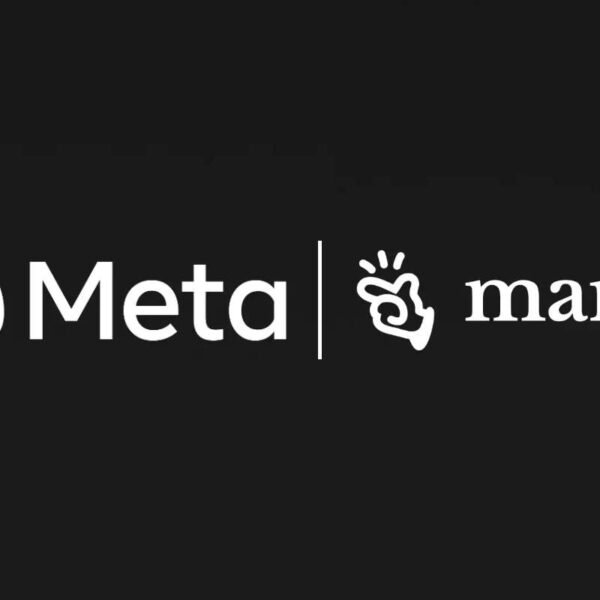Today, market segmentation involves dividing a heterogeneous market into smaller, more homogeneous segments based on shared characteristics, preferences, behaviors, or needs. By identifying distinct segments within their target audience, marketers can enhance the effectiveness of their marketing efforts, optimize resource allocation, and drive customer engagement and satisfaction. In this comprehensive guide, we’ll explore various types of market segmentation strategies, their applications, and examples to illustrate their significance in modern marketing practices.
Here are 5 Types of Market Segmentation
1. Demographic Segmentation
Demographic segmentation divides the market based on demographic variables such as age, gender, income, education, occupation, marital status, and household size. This approach recognizes that consumers within the same demographic group may exhibit similar purchasing behaviors and preferences. Examples of demographic segmentation include:

- Age: Segmentation into categories such as Generation Z, Millennials, Generation X, and Baby Boomers allows marketers to tailor products and messaging to the unique preferences and life stages of each age group.
- Gender: Some products and services are targeted specifically at men or women based on gender preferences and purchasing habits.
- Income: Luxury brands may target affluent consumers with high disposable incomes, while value-oriented brands may appeal to budget-conscious shoppers.
2. Psychographic Segmentation
Psychographic segmentation categorizes consumers based on psychological variables such as lifestyles, values, beliefs, attitudes, personality traits, and interests. This approach delves deeper into consumers’ motivations, aspirations, and psychosocial factors influencing their purchasing decisions. Examples of psychographic segmentation include:
- Lifestyle: Segmentation based on lifestyle factors such as health-consciousness, outdoor activities, travel preferences, and social interests enables marketers to align products and messaging with consumers’ lifestyle choices.
- Values and Beliefs: Brands may target environmentally conscious consumers or those who prioritize sustainability and social responsibility.
- Personality Traits: Segmentation based on personality traits such as extroversion, introversion, openness, conscientiousness, and emotional stability can inform marketing strategies and product positioning.
3. Behavioral Segmentation
Behavioral segmentation divides the market based on consumers’ behaviors, usage patterns, purchase history, and brand interactions. This approach focuses on understanding consumers’ actions and decision-making processes to predict future behavior and tailor marketing efforts accordingly. Examples of behavioral segmentation include:

- Usage Rate: Segmentation into categories such as heavy users, moderate users, and light users allows marketers to customize promotions, loyalty programs, and messaging to incentivize repeat purchases and increase customer retention.
- Purchase Occasion: Segmentation based on purchase occasions such as holidays, special events, or seasonal trends enables marketers to offer relevant promotions and capitalize on buying opportunities.
- Loyalty Status: The segmentation of customers into loyalists, occasional buyers, and switchers helps marketers design targeted retention strategies, rewards programs, and personalized offers to nurture customer loyalty and increase lifetime value.
4. Geographic Segmentation
In this types of market segmentation Geographic segmentation divides the market based on geographical variables such as location, region, climate, population density, and cultural differences. This approach recognizes that consumers’ needs, preferences, and behaviors may vary based on their geographic location and environmental factors. Examples of geographic segmentation include:
- Location: Segmentation into urban, suburban, and rural areas allows marketers to adapt product offerings, pricing strategies, and distribution channels to meet the unique needs and preferences of consumers in each location.
- Climate: Brands may tailor product assortments and promotional campaigns based on climate considerations, such as offering cold-weather gear in regions with harsh winters or promoting seasonal products during peak weather conditions.
- Cultural Differences: Segmentation based on cultural factors such as language, customs, traditions, and cultural values enables marketers to resonate with diverse cultural groups and avoid cultural insensitivity in their messaging and imagery.
5. Firmographic Segmentation
Firmographic segmentation is a B2B-focused approach that categorizes businesses or organizations based on firmographic variables such as industry, company size, revenue, location, and organizational structure. This approach enables B2B marketers to target specific industries, verticals, or organizational profiles with tailored marketing strategies and solutions. Examples of firmographic segmentation include:

- Industry: Segmentation into industries such as healthcare, finance, technology, manufacturing, and retail allows B2B marketers to develop industry-specific messaging, solutions, and value propositions that address sector-specific challenges and opportunities.
- Company Size: B2B marketers may differentiate their approach based on company size, targeting small businesses, mid-sized enterprises, or large corporations with customized products, pricing plans, and service offerings tailored to their scale and resource requirements.
- Geographic Location: Geographic considerations remain relevant in B2B marketing, with factors such as regional regulations, market dynamics, and supply chain logistics influencing business decisions and purchasing behavior.
Conclusion:
Market segmentation is a foundational strategy that enables marketers to understand and engage with diverse consumer groups effectively. Types of market segmentation are based on demographic, psychographic, behavioral, geographic, and firmographic variables, marketers can identify meaningful patterns, preferences, and trends within their target audience, informing product development, pricing strategies, promotional campaigns, and distribution channels. By embracing a data-driven and customer-centric approach to segmentation, marketers can unlock valuable insights, drive personalized experiences, and build lasting relationships with their audience in today’s competitive marketplace.










